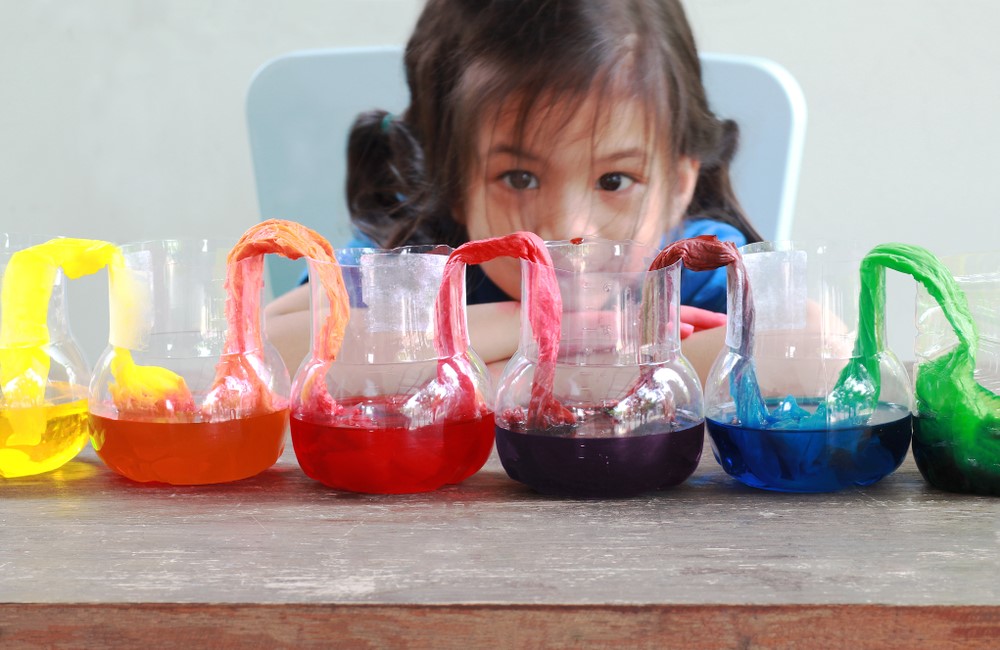
Constipation in kids occurs several times and is something that you should expect to happen once in a while yet that does not make it something that is easy to handle. Many parents have found it especially disquieting when their kids are curled up in the couch suffering from the discomfort of constipation. But the author notes that parents can take solace in the fact that they can usually handle their kid’s constipation in the home using natural remedies and lifestyle medications. Constipation is due to the fact that the bowel movement is infrequent and the stool is dry and hard. Because the symptoms of constipation in children are similar in signs to those in adults, parents might believe the child is suffering from something else. The signs and symptoms to look out for include the following: the child has gone to the toilet for several days, his bowel movements are hard and dry and cannot come out easily, there is pain while the bowel is coming out, there is nausea and abdominal pain, and poor appetite. The causes of constipation in kids and ways to treat them are then outlined in the blog.
Key Takeaways:
- Pay close attention to signs of possible constipation, like hard stools, lack of stools and nausea.
- Less obvious signs can include crankiness, dirty underwear and a lack of appetite.
- A lack of fiber and sufficient hydration could be underlying causes of kid constipation.
“Read on to learn about this common problem, and what you can do to help your kids feel better.”
Read more: https://www.superhealthykids.com/parenting/fiber-101-and-constipation-in-kids/

